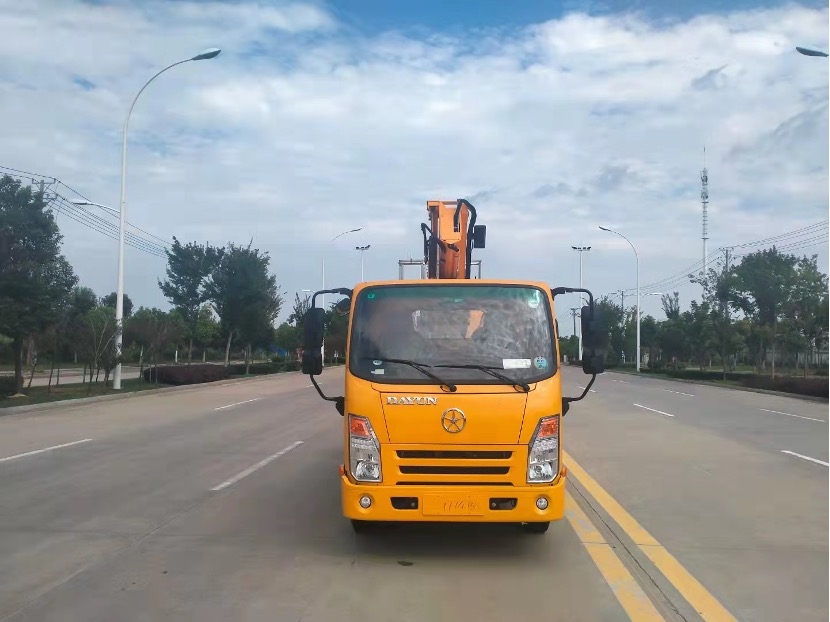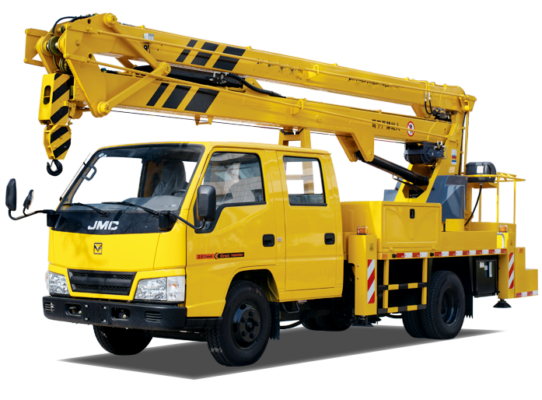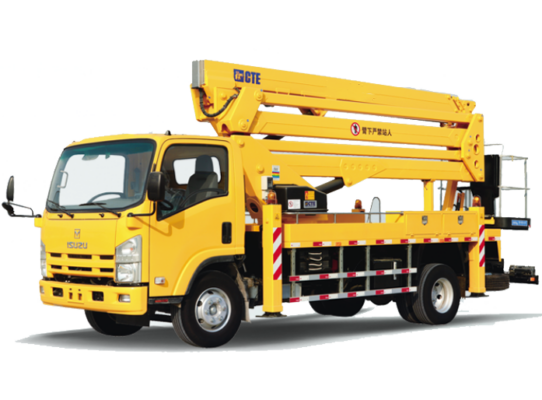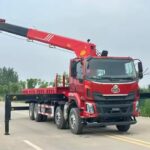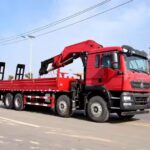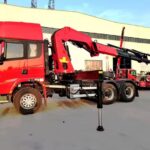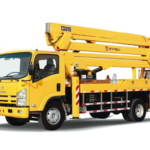-
Cavitation Phenomenon
When the pressure drops below the air separation pressure, air dissolved in the liquid is released in the form of bubbles. These bubbles occupy space within the oil, causing the liquid to become discontinuous. This phenomenon is referred to as cavitation. -
Cavitation and Erosion Process
After cavitation occurs, the bubbles flow into the high-pressure zone, where they are rapidly destroyed or shrunk. The space they once occupied forms a vacuum. Surrounding liquid particles rush toward the vacuum area at extremely high speeds, creating local hydraulic shocks. The kinetic energy of the particles is suddenly converted into pressure and thermal energy. When such hydraulic shocks occur on metal surfaces, they accelerate metal oxidation and corrosion, gradually forming pitting on the metal components’ surfaces. In severe cases, the surface may peel off, creating small cavities, which is referred to as erosion.
Detection of Hydraulic Cavitation and Erosion
There are several methods for detecting cavitation and erosion in hydraulic systems:
-
Installation of a Vacuum Gauge at the Oil Pump Inlet
A vacuum gauge can be installed at the oil pump inlet to measure the pressure level and detect when cavitation occurs. If the pressure drops significantly, it indicates potential cavitation. -
Auditory Detection by Sound
An experienced technician can detect cavitation through the characteristic sound emitted by the oil pump. The pump experiencing cavitation often emits a whistling or screeching noise. -
Detection through Fault Symptoms
Fault symptoms such as reduced oil pump suction or decreased output can result in sluggish movements in hydraulic cylinders or motors. These symptoms reflect the impact of cavitation on the system’s performance.
It is essential to note that cavitation typically occurs in low-pressure zones of the liquid flow, whereas erosion takes place in high-pressure areas, particularly around the points where the cavitation bubbles collapse.
Key Areas Affected by Cavitation
-
Throttling Areas
Cavitation often occurs in throttling regions such as valves and orifices where the pressure drop is significant. It is important to monitor these areas closely, as cavitation can severely affect their performance and efficiency. -
Oil Pump Cavitation
The cavitation phenomenon in oil pumps is primarily influenced by factors such as the oil pump’s suction height, suction speed, and the pressure loss within the piping system. These factors contribute to the creation of low-pressure zones in the pump inlet, which can lead to cavitation.
Hazards of Hydraulic Cavitation and Erosion
The occurrence of cavitation and erosion in hydraulic systems presents several potential hazards:
-
Performance Degradation
Cavitation and erosion lead to poor system performance, as the system’s efficiency is compromised by irregular flow and loss of hydraulic energy. The work performance of the hydraulic system worsens, making it unable to meet operational demands effectively. -
Reduction in Volumetric Efficiency
Cavitation reduces the volumetric efficiency of hydraulic pumps, as the formation of air bubbles in the liquid results in less effective displacement. This leads to lower flow rates and reduced performance. -
Damage to Components
Erosion, caused by the collapse of cavitation bubbles, results in the gradual wear of hydraulic components such as valves, pumps, and cylinders. З часом, this can lead to severe damage and even failure of critical components, resulting in costly repairs and maintenance. -
Reduced Service Life of Piping
The impact of cavitation-induced erosion can significantly reduce the lifespan of hydraulic pipelines and connectors. Repeated exposure to high-pressure hydraulic shocks accelerates the wear on pipes, leading to their eventual failure. -
Impact on System Pressure and Flow
Cavitation and erosion affect the overall pressure and flow within the hydraulic system. Variations in pressure can result in poor performance and unpredictable behavior in various hydraulic components, further disrupting the system’s efficiency. -
Hydraulic Shock, Vibration, and Noise
Hydraulic shockwaves generated by the collapse of cavitation bubbles can lead to vibration, noise, and potential damage to system components. The unwanted noise, typically described as a “whistling” or “screeching” sound, is often an indication that cavitation is occurring.
Control Measures for Hydraulic Cavitation and Erosion
To mitigate the effects of cavitation and erosion, several control measures can be implemented:
-
Maintain System Pressure Above the Air Separation Pressure
To avoid cavitation, it is essential to keep the hydraulic system pressure above the air separation pressure. Наприклад, under normal conditions, mineral oil typically contains about 10% dissolved air. At a temperature of 50°C, the air separation pressure is approximately 0.4 × 10^5 Pa. Ensuring that the system operates at pressures higher than the air separation pressure helps prevent the formation of bubbles. -
Pressure Ratio Control Across Throttling Points
Throttling points, such as small orifices and control valves, should be carefully designed to minimize the pressure difference across these components. The pressure ratio before and after the throttle should be kept below 3.5 to prevent cavitation from occurring at these critical points. -
Ensure Adequate Oil Pump Suction Conditions
Oil pumps should be equipped with sufficiently large pipe diameters to avoid narrow passages or sharp bends, which can cause a pressure drop and encourage cavitation. The pump should be positioned at an appropriate height relative to the oil reservoir to ensure that the suction pipe pressure does not fall below the air separation pressure. Додатково, reducing the oil pump’s suction resistance and ensuring that oil velocity inside the pump remains within safe limits can help mitigate cavitation. -
Reduce Air Content in Oil
Minimizing the air content in the hydraulic oil is essential for preventing cavitation. This can be achieved by preventing air from entering the system through faulty seals or connectors. It is important to ensure that the suction pipe does not draw in air bubbles, and the return oil pipe should be positioned below the liquid level to avoid introducing air into the oil during the return process. Більше, reducing mechanical impurities in the oil helps as these impurities often have air trapped on their surfaces, which can contribute to cavitation. -
Maintain Proper Sealing and Prevent Air Infiltration
To avoid introducing air into the hydraulic system, all connectors and components should be properly sealed. Regular checks should be performed to ensure that seals are intact and that no air is entering the system through leaks. Proper sealing is especially critical in preventing cavitation from occurring at the pump’s inlet. -
Use Anti-Cavitation Designs in Key Components
In some cases, the design of key components such as pumps, клапани, and throttling devices can play a critical role in reducing cavitation risks. Наприклад, designing pumps with low suction speeds and employing anti-cavitation features such as diffusers or pressure relief valves can help maintain stable operating conditions and prevent cavitation from affecting system performance.
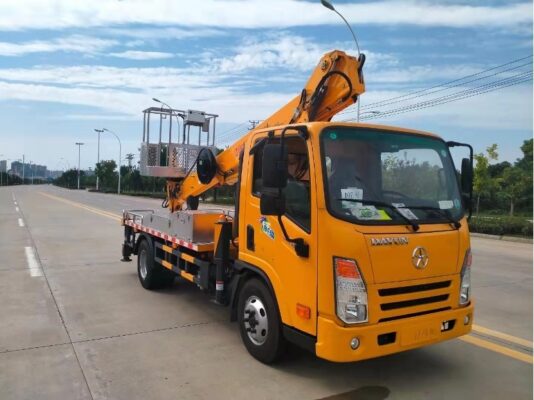
By implementing these measures, the risk of cavitation and erosion in hydraulic systems can be minimized, leading to improved system performance, extended equipment life, and reduced maintenance costs. These practices help ensure that the hydraulic system operates efficiently and reliably, avoiding the potential damage that cavitation and erosion can cause.

